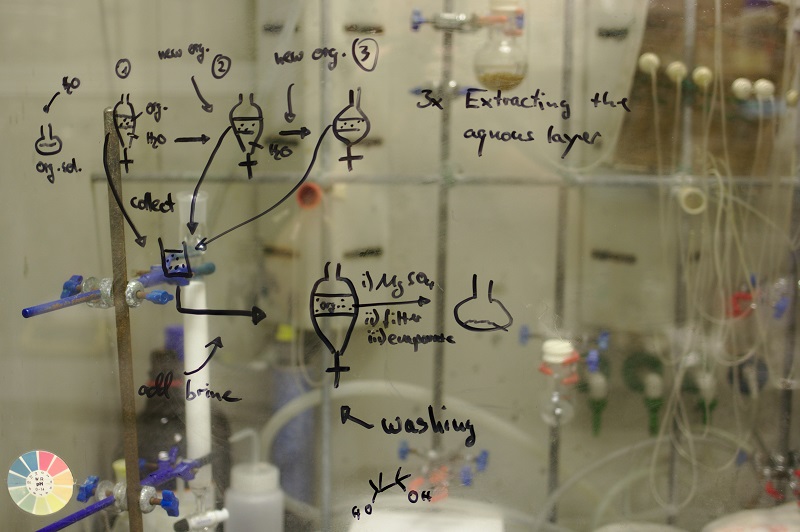After experiencing the pandemic of the new crown epidemic, consumers’ enthusiasm for consumption of antibacterial and antiviral materials has increased. Recently, more and more clothing and textiles claim to have “antibacterial and antiviral” functions on the market, so what is the working principle of such functional products? What about the actual effect?
What should consumers pay attention to when purchasing such products and protecting their own health? Actually, antibacterial and antiviral fabrics do exist and have been widely used for a long time, but for the prevention of new coronavirus infection, we still need rational consumption and scientific epidemic prevention.
In fact, antibacterial and antiviral fabrics have been used for a long time. The most common hemp fibers (flax, hemp, ramie, etc.) are natural antibacterial materials, mainly because the hemp plants contain flavonoids, which have good antibacterial effect; at the same time, the hemp fiber has a hollow structure inside, which makes the oxygen content in the fiber higher, and also helps to inhibit the production of anaerobic bacteria.
Generally speaking, the antibacterial property of textiles is to achieve the purpose of inactivating bacteria by inhibiting or destroying the reproductive ability of bacteria. The antiviral property of textiles is to change the structure of virus surface protein or destroy the structure of virus through the chemical adsorption of antiviral substances, so as to inhibit or destroy the ability of virus to infect host cells.
Common ideas for realizing antibacterial and antiviral functions
First of all, in order to realize the antibacterial and antiviral functions of fabrics. The most commonly used method in the industry is to use antibacterial and antiviral agents to treat textiles including fibers, yarns, and fabrics.
For example, coating or padding the fabric with nano-silver ion preparation. So that nano-silver ions are attached to the surface of the fabric (mainly used for antibacterial).
Under certain conditions, silver ions can destroy viral DNA, thereby achieving an antiviral effect. But the current research on the effect of silver ions on the new coronavirus is not sufficient.
Secondly, another method is to make antibacterial and antiviral preparations into microcapsules and apply them to the surface of the fabric. The wearer will rub against the fabric during use to realize the rupture of the microcapsules and gradually release the antibacterial and antiviral ingredients to achieve antibacterial and antiviral effect.
A recently reported fabric that uses the “electron beam grafting method” to achieve antiviral function is to use the electron beam generated by the electron accelerator to open the chemical bonds on the macromolecules on the surface of the fiber. And then “graft” the antiviral agent molecules to this fabric. Among the fiber macromolecules, when the antiviral agent molecules meet the virus, they will pierce the virus envelope, so as to achieve the purpose of killing the virus.
In addition to the above-mentioned antibacterial and antiviral treatment methods. There are also ways to use the characteristics of the material itself or use a special structure to achieve antibacterial and antiviral purposes.
Example
For example, artificially extracted chitosan fibers have better antibacterial properties. And chitosan with positive charges can electrostatically attract negatively charged substances on the surface of bacteria, greatly changing the permeability of the cell membrane, causing important intracellular substance leaks, thereby killing the bacterial microorganisms.
Graphene materials also exhibit better antibacterial and antiviral properties. And the fabrics are treated and modified by using small-scale graphene nanosheets with nanoscale dimensions and irregular structural edges such as pointed or jagged edges.
The vertical ultra-thin structure of the small-sheet graphene nanosheets. The horizontal nanoscale size, and the pointed or jagged structural edges endow the fabric with microscopic small and sharp edges.
When in contact with bacteria or viruses. Small sheets of graphene nanosheets can pierce the cell wall of micron-scale bacteria to cause their death. Or pierce the protein film of nano-scale viruses, thereby inhibiting the replication of viruses. And finally realizing the inhibition of various germs. Bacteria and anti-virus purposes, but this approach has not yet achieved large-scale market applications.
In fact, as mentioned at the beginning of the article. The application of antibacterial materials has a long history and has produced good results in actual use.
The development and use of antibacterial and antiviral fabrics is of great significance to improving the wearing experience and health of users. With the development of technology, such functional products will become more and more mature.
More
Infectious disease management is becoming increasingly in recent years. One of the reasons is the disease association with biofilms. Biofilms are complex aggregations of microbes, embedded into a mucous matrix and attached to surfaces. Biofilm formation directly affects the performance of many industrial processes. Such as food processing and storage, marine transport and management, and water treatment. In the medical field, bacterial colonization of medical devices. Including surgical equipment, implants, and other healthcare-related products, poses serious risks to public health. New materials are needed to offer improved antimicrobial strategy. Requirements for qualified materials include that they can kill or inhibit microbial growth on their surface or within the surrounding environment with superior efficacy, demonstrate low toxicity, and post minimized environmental problems.
The development of materials and devices with antimicrobial properties has thus begun, by adding antibiotics to the material or by application of antimicrobial coatings.
A variety of materials have antimicrobial properties. Silver has a long history of being used as an effective antimicrobial material and can be fabricated into devices with numerous formulations, showing no toxicity to human cells in given concentrations. Antimicrobial polymers have emerged as promising candidates against microbial contamination. Their versatile macromolecular chemistry facilitates the tailoring of polymer physicochemical properties for various applications in the biomedical field.
Surface coating, or depositing an antibacterial material onto the substratum surfaces, is one of the most widely used methods.
Generally, the bulk materials that perform an anti-bacterial action without any modification can be described as intrinsically antibacterial material. Many substances possess bactericidal ability in nature. As mentioned above, silver and copper have been the earliest metals to be intentionally used for its intrinsically antibacterial properties. Polymeric materials like chitosan and bioactive glasses are also intrinsically anti-bacterial materials.




